Blending Champagne Perfection: Weekly Tasting Report (June 29-July 5)

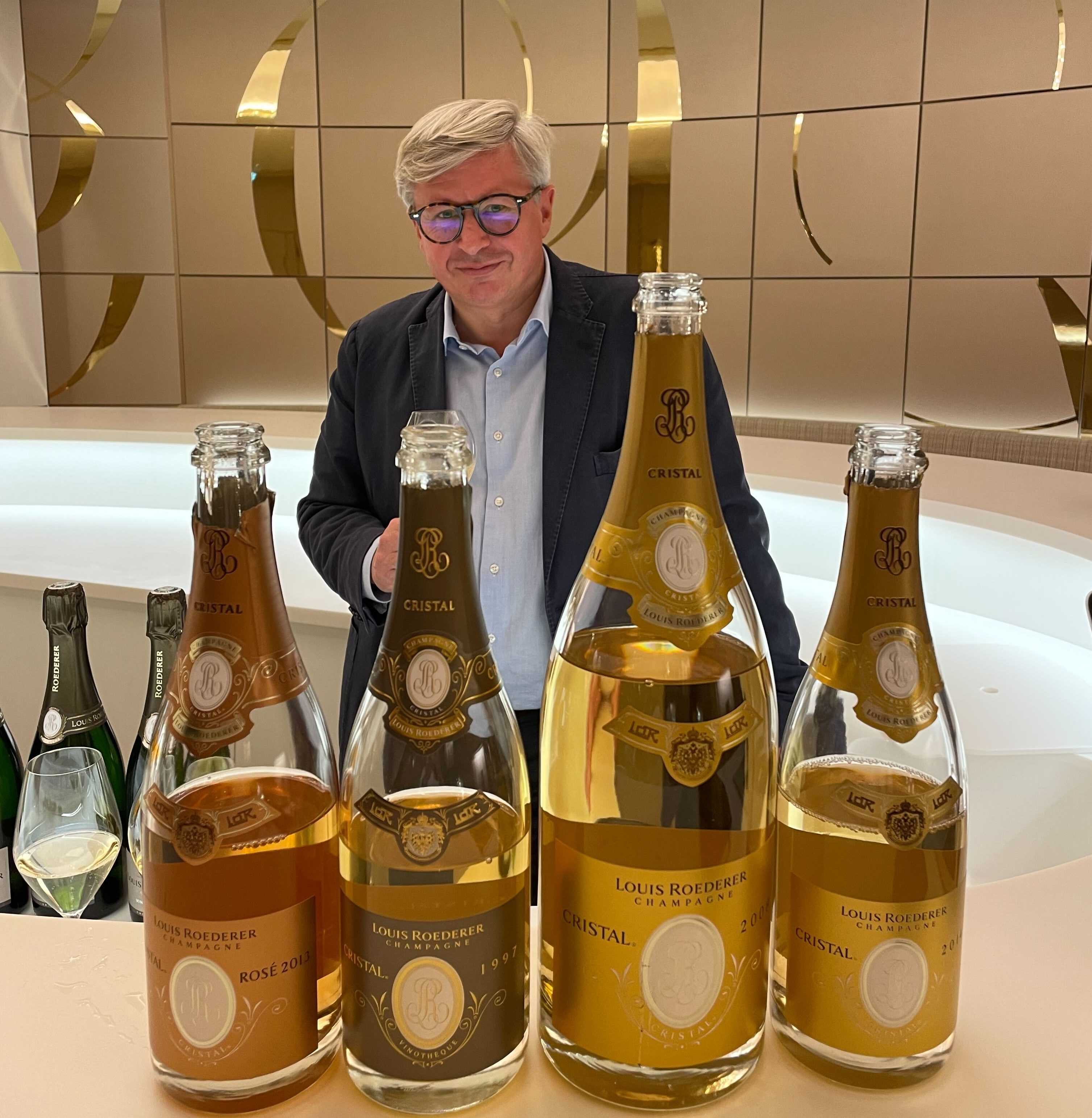
The other perfect Champagne was a retaste of the Louis Roederer Champagne Cristal 2008 in magnum, which we also gave 100 points to last year. This special release was aged two or three years longer on the lees than the normal bottling. It is a benchmark Cristal: incredibly structured, vertical and precise, with sharp acidity and fine bubbles throughout. “It’s freshness that makes the wine,” said Jean-Baptiste Lecaillon, Louis Roederer’s cellarmaster.
Louis Roederer has a precise plot-by-plot approach, clearly communicated on an interactive map at the house in Reims, indicating location, altitude, aspect, soil composition and depth. Look out for Louis Roederer’s still wines, too: the Louis Roederer Coteaux Champenois Camille Hommage Blanc 2019 is made from a single plot of Chardonnay in Le Mesnil-sur-Oger, while the Louis Roederer Coteaux Champenois Camille Hommage 2019 is from a single parcel of pinot noir in Mareuil-sur-Ay. We were particularly impressed by Camille Hommage Blanc: intense, beautifully compact yet elegant, with sharp acidity but a creamy and refined texture.
They are difficult to get your hands on, at a small production of only 1,665 and 1,222 bottles each, respectively, but they show that Champagne is not just about the bubbles.
Such still wines are attracting attention and excitement for their superb quality, rivaling the best of Burgundy. As James and Claire were reminded on their visit, still Champagne used to be highly sought after at twice the price of Burgundy in the 18th century. And perhaps it is one of the regions that has benefited from warming temperatures. “We see the effects of climate change, and in the last 10 years the seasons have been fantastic for Champagne,” said Gilles De La Bassetiere, the president of Champagne De Venoge.
We’ll have our full report on Champagne soon, but for now there is plenty to ponder, with more than 250 Champagnes in this weekly report, both from large houses and artisanal growers.
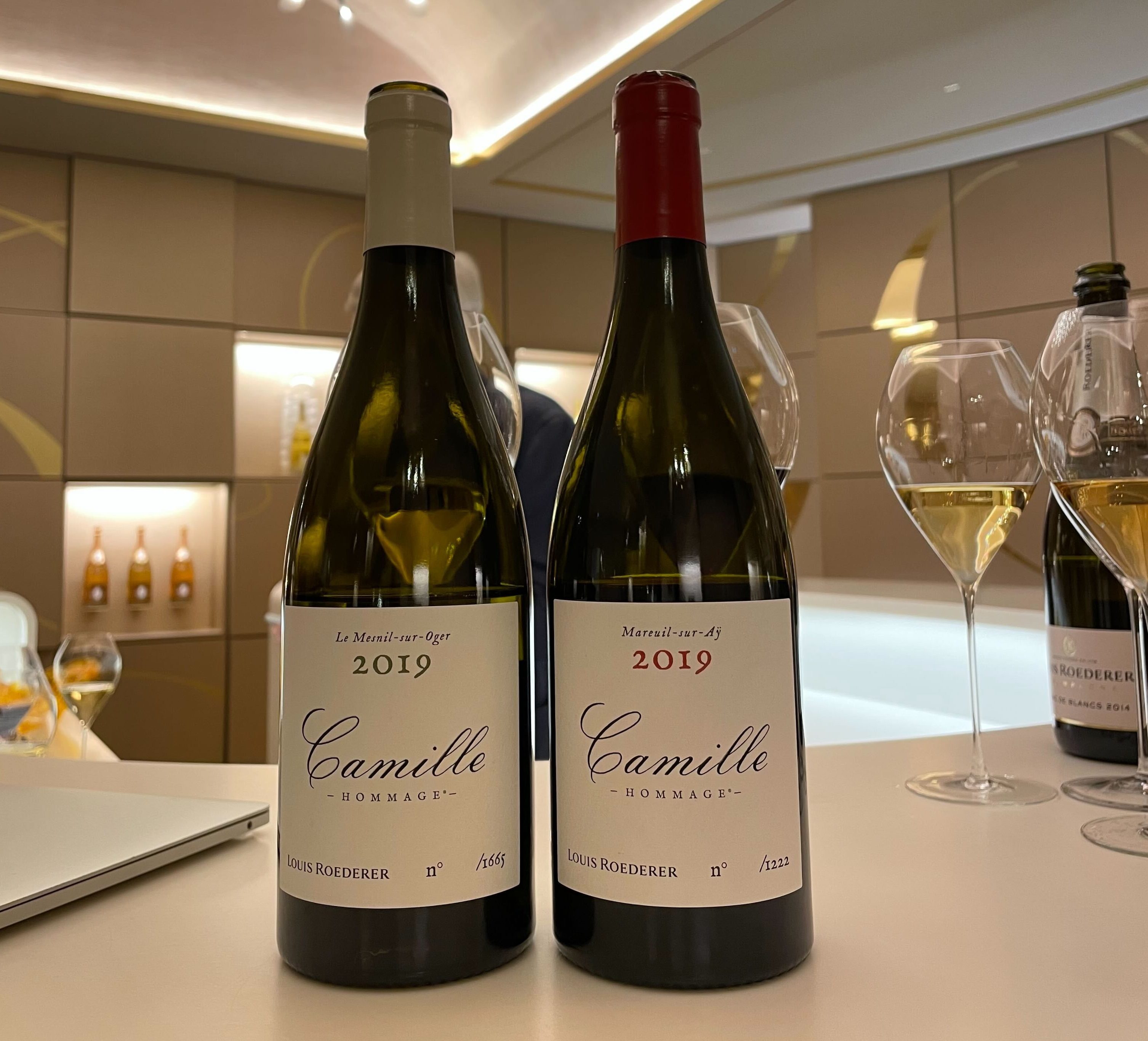
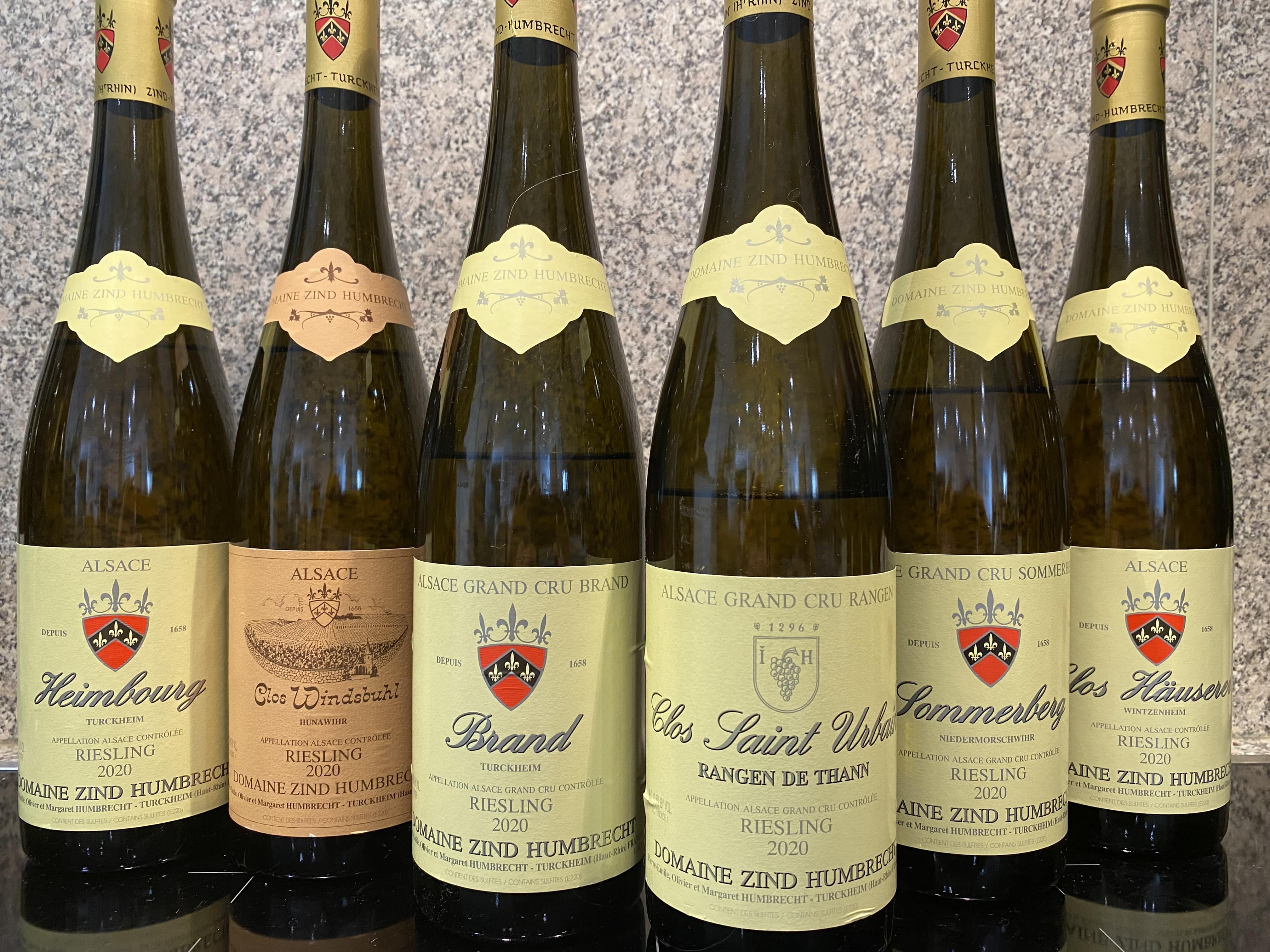
ALSACE’S TURBOCHARGED 2020
Senior Editor Stuart Pigott was still in Alsace the past week tasting new releases, and he expected to find plenty of good and a few exciting dry whites from the 2020 vintage. After all, that’s how the vintage looks in the neighboring countries of Germany and Switzerland.
“After tasting through more than 400 Alsace wines this year, I see the 2020 vintage there as often equal to the excellent 2019 and occasionally even superior to it,” Stuart said. “That’s the result of heavy rain in parts of Alsace during August that neighboring regions didn’t get.”
2020 was a hot and dry summer, so where the rains fell they turbocharged the ripening process in the region, Stuart explained. “An excellent example of this is the Domaine Zind Humbrecht Riesling Alsace Grand Cru Brand 2020,” he said. “It is one of the stars of vintage, having a wonderful balance of great richness and mineral freshness.”
In a Zoom tasting, winemaker Olivier Humbrecht explained that when this wine was harvested on Saturday, Sept. 5, 2020, there wasn’t time to pick one parcel. “We had to give the pickers a rest or they wouldn’t have gone,” Humbrecht told Stuart. “When we came back the next Monday morning the sugar content of the grapes had shot up two degrees of potential alcohol. I never saw that before!”
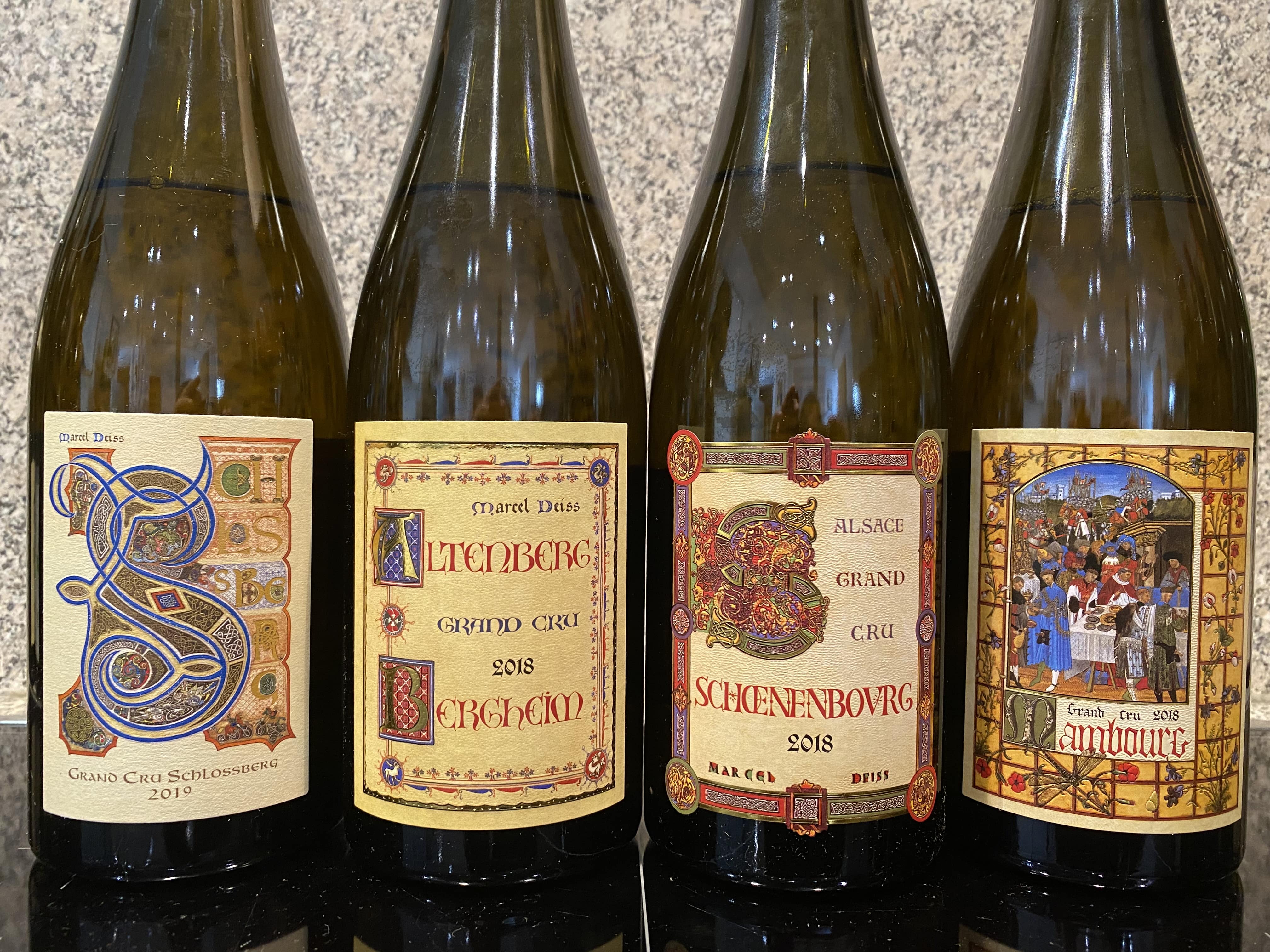
That wine had to be blended with something lighter-bodied from the same soil type and is marketed as Domaine Zind Humbrecht Riesling Alsace Roche Granitique 2020. It’s very good, but not quite as amazing as the Grand Cru Brand, or the even more special Domaine Zind Humbrecht Riesling Alsace Grand Cru Rangen de Thann Clos Saint Urbain 2020.
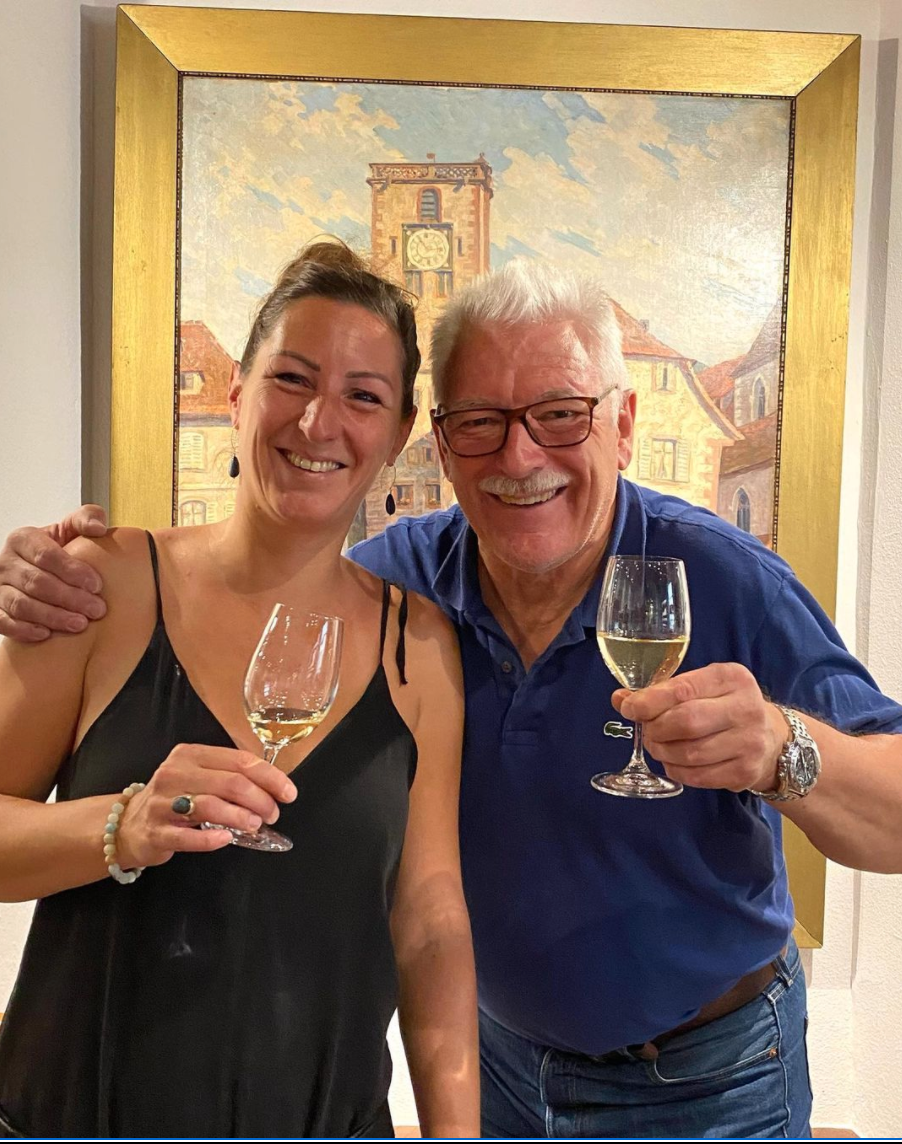
Alsace winemakers often had to run fast to get the harvest in to avoid wines that were not too extreme, but for top producers like Trimbach, 2020 is a wonderful vintage. “The row of dry rieslings at Trimbach was a revelation,” Stuart said. “The Grand Crus are great, but Clos Ste. Hune is the super-concentrated star that shines very brightly.”
It won’t be released for a while, but the wait won’t be as long as it used to be. The Trimbach Riesling Alsace Clos Ste. Hune 2020 should be released in 2024, as part of the program of changes by the younger generation of the Trimbach family, led by Anne Trimbach.
A number of other late-release wines that are just coming onto the market also really stood out. None more so than the Domaine Valentin Zusslin Riesling Alsace Grand Cru Pfingstberg 2018. It is not only enormously concentrated it also has a literally breathtaking mineral freshness that really makes it shine in the context of this exceptionally warm vintage. That is the stylistic signature of Marie and Jean-Paul Zusslin’s wines right across the range of Alsace grape varieties.
The new Grand Cru wines from Domaine Marcel Deiss are also stunning, with three of the four wines also being from the 2018 vintage. With its deep nose of perfectly ripe apricots and enormous structure, the Domaine Marcel Deiss Alsace Grand Cru Altenberg Bergheim 2018 shows that the white wines of this region can have every bit as much power and richness as Grand Cru white Burgundy. “That makes tasting then exciting, but sometimes quite exhausting,” Stuart said.
SWEETNESS IN A BOTTLE
Our top highlights from Hong Kong came from two established and historical producers – South Africa’s Klein Constantia and one of Rioja’s oldest wineries, Marques de Murrieta.
Sweet-wine lovers need no introduction to Constantia’s emblematic nectar, the Vin de Constance. The 2019 vintage is a continuation of this legendary sweet wine from Muscat Blanc a Petits Grains. It shows pure and complex aromatics that combine a swath of perfumes and stunning depth with natural concentration and freshness.
Marques de Murrieta delivered a lot of excitement from Rioja and Galicia this week. While the Marqués de Murrieta Rioja Dalmau Reserva 2019 is considered a richer, more plush and modern expression of Rioja, aged in new French barrels for around 20 months, elegance and restraint are not lost.
With a zesty quality to the fruit on the palate, it’s a more eclectic, almost traditional twist on modern sensibilities. Adding 4 percent graciano to 86 percent tempranillo and 10 percent cabernet sauvignon gives this concentrated red more freshness, according to Vicente Dalmau, owner of this historical, family-owned producer.
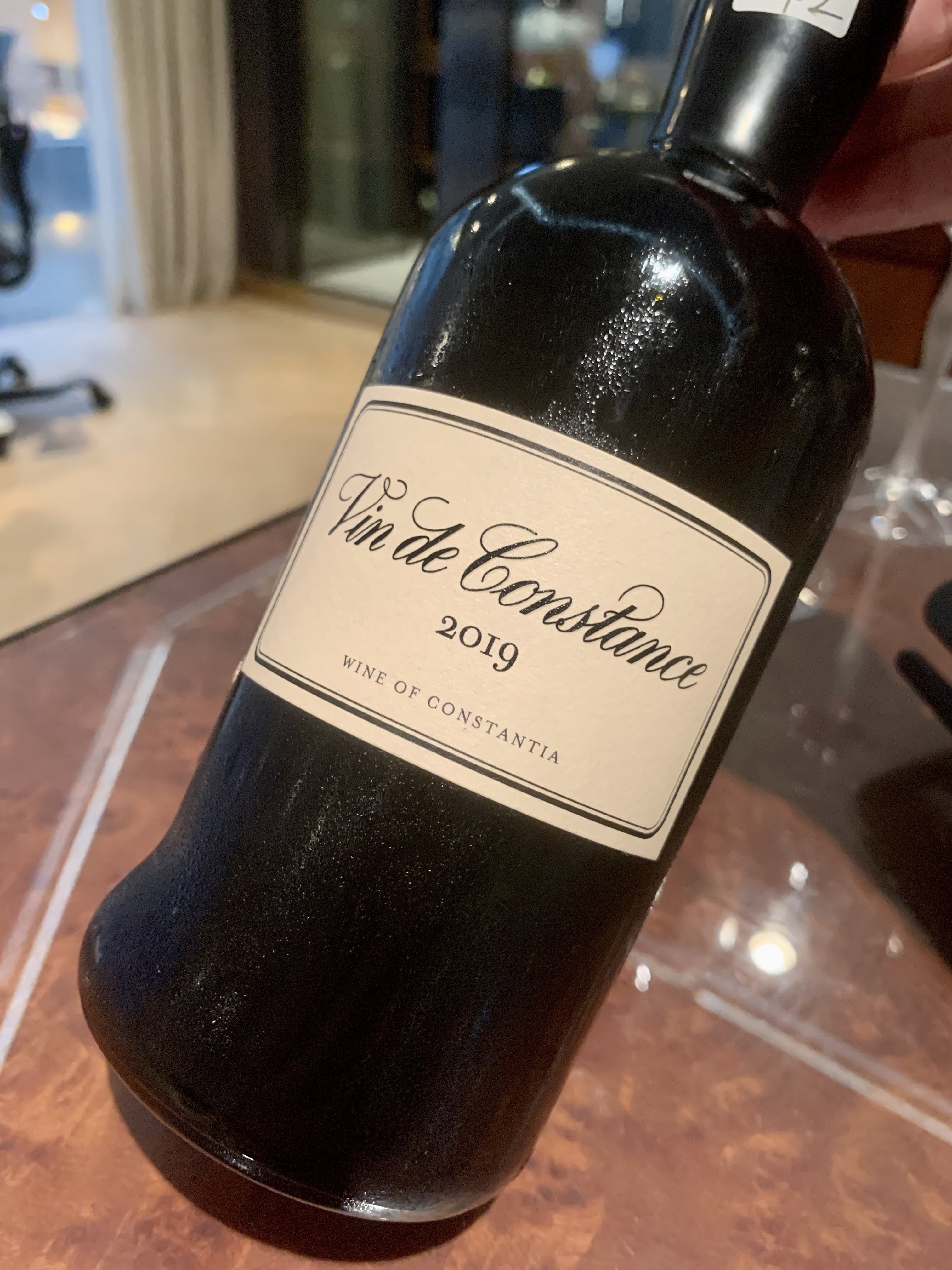
The top-rated wine from Hong Kong this week was Murrieta’s other, more traditional flagship – the Marqués de Murrieta Rioja Castillo Ygay Gran Reserva Especial 2011, which is a blend of tempranillo with 16 percent mazuelo. Just like the Dalmau, the Castillo Ygay is only released in the best years after lengthy aging in barrels and concrete fermenters before being matured in bottles. The result is a highly composed yet still bright Rioja Gran Reserva showing the savory complexity and length you would expect from a traditional bottling but with a little more vibrancy and freshness.
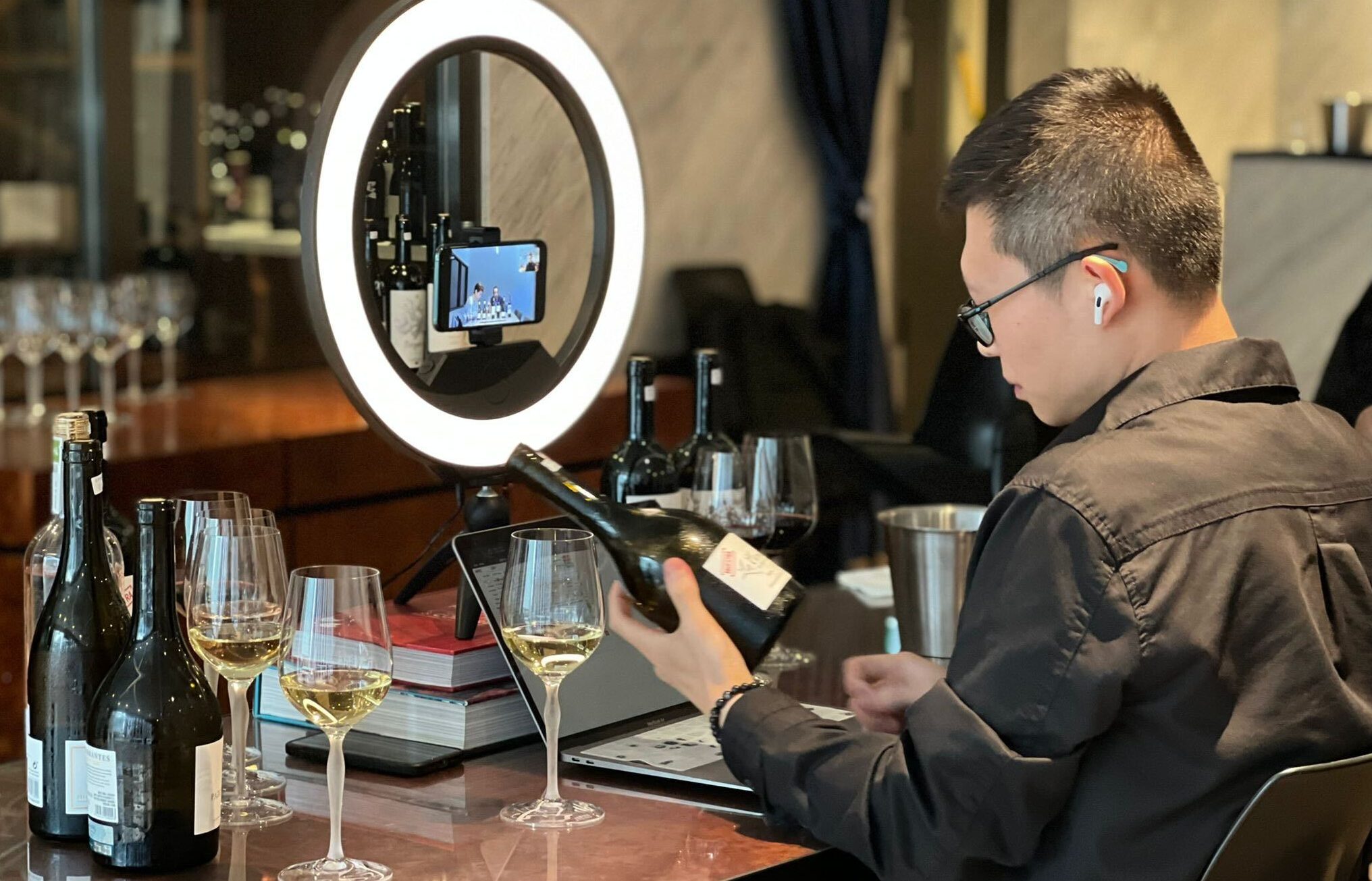
Dalmau told us in a Zoom call that three factors will ultimately decide if the wine is good enough to become Castillo Ygay Gran Reserva Especial in the second year of barrel aging – potential, identity and elegance. “We don’t understand wines without elegance,” said Dalmau, who disclosed that they will not release 2013, 2014 and 2015 vintages for Castillo Ygay Gran Reserva Especial.
His Pazo Barrantes albariños from Rias Baixas are equally exciting and unique. Like his Rioja wines, the identity of Pazo Barrantes is about finding elegance in a mature, subtly complex stage. We love the texture and the tangy mineral allure from the Pazo Barrantes Albariño Rías Baixas Gran Vino 2020, which comes from an early vintage with less rain and more hours of sunlight, according to Maria Vargas, Murrieta’s chief winemaker. Coming from a small plot of 70-year-old vines, the Pazo Barrantes Rías Baixas La Comtesse 2018 shows even more intensity and substance that almost render a tropical richness to the creamy yet fresh and tactile palate.
We also found some outstanding bottles of Amarone, Chianti Classico, Brunello and Cariñena during our Hong Kong tastings, as well as some great-value monastrell, verdejo and even Armenian wines. Scroll down the list of tasting notes below to find out more…
– Claire Nesbitt, Associate Editor; Stuart Pigott, Senior Editor; and Zekun Shuai, Senior Editor
